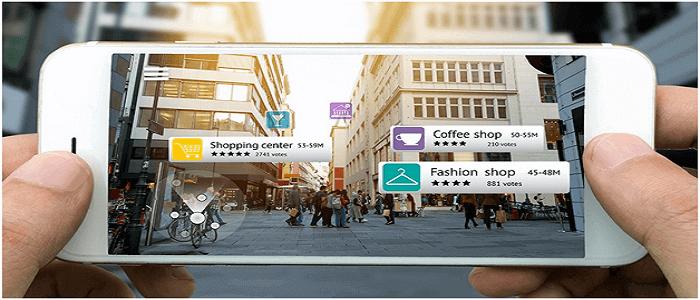Harnessing Augmented Reality (AR) for Marketing Success

Harnessing Augmented Reality (AR) for Marketing Success
Augmented Reality (AR) is revolutionizing the marketing landscape, offering brands unique ways to engage with customers by layering digital information onto the real world. Unlike virtual reality, which immerses users in a completely artificial environment, AR enhances physical spaces with digital elements that users can interact with through smartphones, tablets, or AR-enabled headsets. As AR technology advances, marketers are increasingly leveraging it to create memorable customer experiences that drive engagement, brand loyalty, and ultimately, conversions. Here’s how AR can be strategically employed in marketing to achieve these goals.
1. Enhancing Product Visualization
AR enables consumers to visualize products within their own environments before making a purchase. This capability is particularly valuable for industries such as furniture, home decor, and fashion. For example, AR apps allow users to place a digital version of a couch in their living room, adjusting dimensions and colors to see how it fits with their existing decor. Similarly, cosmetics brands use AR to enable virtual try-ons, allowing customers to test out various shades and styles of makeup. By bridging the gap between physical products and digital experiences, AR reduces uncertainty in purchasing decisions, ultimately increasing conversion rates.
2. Creating Interactive Brand Experiences
Interactive experiences are at the heart of effective AR marketing. Brands can create engaging experiences that make consumers feel like active participants rather than passive observers. For instance, in the retail space, brands can use AR to create "treasure hunts" in-store, where users follow clues on their phones to discover special deals or hidden products. This type of gamification not only builds excitement but also encourages longer engagement with the brand, driving foot traffic and increasing the likelihood of purchase.
Outdoor AR campaigns are also gaining popularity, where users can view animations or informational overlays on their smartphones in specific physical locations. This tactic enhances experiential marketing efforts, making a lasting impression on customers while generating social media content and shares, further boosting brand visibility.
3. Offering Immersive Storytelling Opportunities
Storytelling is fundamental in building emotional connections with consumers, and AR takes it a step further by making the narrative immersive and interactive. Brands can guide consumers through a story where the user becomes part of the experience. A beverage company, for example, might use AR to create an interactive journey that showcases the origin of its ingredients, the production process, and the brand's sustainability efforts. These elements of storytelling serve to deepen the brand-consumer relationship, providing a behind-the-scenes perspective that fosters trust and brand loyalty.
4. Gathering Data for Targeted Marketing
One of AR’s more subtle yet powerful benefits is its ability to collect data on consumer behavior. By tracking which AR experiences attract the most attention, how long users engage with certain products, and which items are most commonly viewed in an AR context, marketers gain valuable insights. This data can be used to tailor future marketing efforts to align with customer preferences and behavior patterns, facilitating more effective, data-driven marketing campaigns.
5. Leveraging Social Media for Amplification
Many AR experiences are designed to be shared on social media, giving brands an opportunity for organic reach and user-generated content. Platforms like Instagram and Snapchat offer AR filters that brands can customize, allowing users to engage with branded content in a fun and social way. When users share their AR experiences with followers, they effectively become brand ambassadors, amplifying the reach of the marketing campaign and potentially influencing their social networks to engage with the brand.
Conclusion
AR in marketing is not just a novelty; it is a powerful tool that can significantly enhance customer experience, personalize the purchasing journey, and drive higher engagement. By offering customers unique, interactive ways to connect with products and brands, AR enables marketers to create memorable experiences that encourage long-term loyalty and advocacy. As AR technology becomes more accessible and widespread, its role in marketing will only continue to expand, positioning it as an invaluable asset in the modern marketer’s toolkit.
Comments